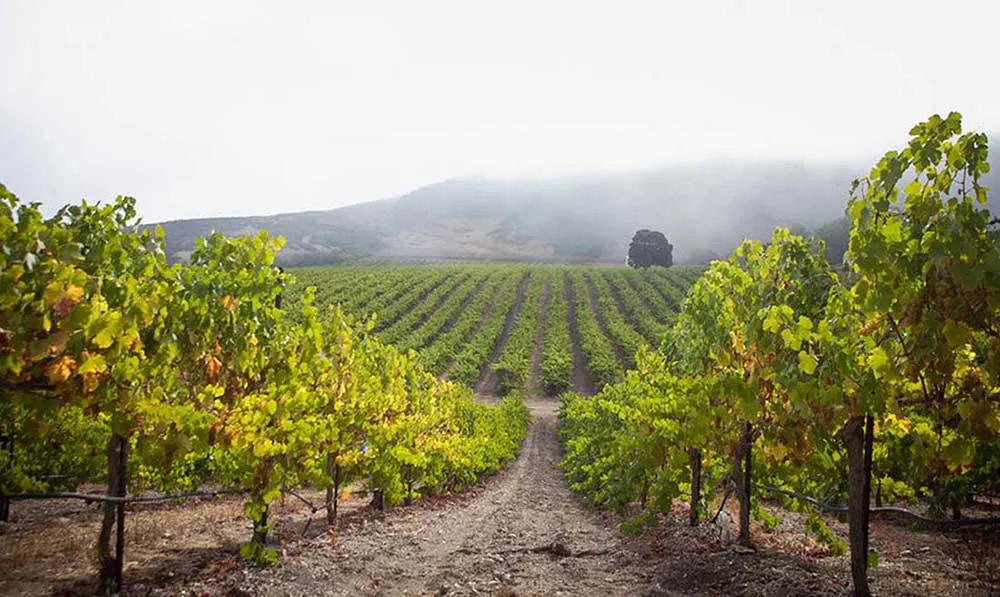
The California winery just received a weed license to grow cannabis alongside grapes
As delicious as the pairing may be after a long shift, wine and weeds have long been at odds in California’s agricultural landscape. But when a Santa Barbara County business has something to do with it, that friction can soon subside.
The new owner of Sunstone County’s 30-year-old organic winery has been granted permission to grow cannabis alongside the company’s grapes.
“This is the first time cannabis and viticulture – often portrayed as stubborn enemies – coexist in peaceful commercial cultivation at the same time and in the same location in Santa Barbara County,” wrote local publication Santa Barbara Independent.
The project was made possible through the efforts of Sunstone’s new owner, local-raised entrepreneur Teddy Cabugos, whose cannabis business ventures are tempered by the fact that he is also a member of the Santa Barbara County Coalition for Responsible Cannabis. The group advocates for community members and businesses that may be affected by nearby weed projects.
Cabugos worked on communications with seven of Sunstone’s neighbors, some of whom were large wineries, and was able to completely avoid discussing the details of the new green company with the local planning committee.
This is a big deal given that many of the state’s winemaking strongholds, including Napa County’s OG wine country, have banned commercial cannabis growing altogether.
“Let me be clear,” said Ryan Gregory, Napa County’s supervisor, recently. “When I close my eyes and picture Napa, my vision doesn’t include cannabis. I don’t need to see it growing here.”
But in Santa Barbara County – the location of the widespread wine snob film Sideways from 2004 – other visions are being perceived.
One of the classic arguments the wine industry makes when complaining about potential neighbors growing marijuana is that the smell of cannabis is affecting their customers’ winemaking experience. Other winemakers suggest that cannabis terpenes migrate through the soil to the roots of the vines, making the mouthfeel of their pourings weed-free.
Anticipating the odor problem, Cabugos has committed to planting fewer than the maximum crops its grower can hold and performing the keen art of processing the weeds elsewhere.
Not to mention he’s planning a somewhat space-worthy outdoor harvest perfume system, characterized by eucalyptus, lavender, and citrus essential oils “shot into the sky” by jets of steam, according to Independent. It would have been nice to know about these systems when we were living in student dormitories.
This new development is part of a larger audience shift for the brand under Cabugos’ watch. As the Independent puts it, “Transitioning the tasting room experience from being dominated by the older, whiter population to a younger, more ethnically diverse audience.”
Cabugos recently received permission to open a Sunstone cannabis dispensary in an old gas station in Santa Barbara County. He is about to get the OK to open a sunstone tasting room in Santa Barbara’s so-called “Funk Zone” in the city center.
It should be noted that sunstone will not be a massive crop – the site has been approved for growing 6.5 acres of cannabis, which is expected to expand over the next three years. Cropland isn’t the problem, says Cabugos. “One or fifty-two doesn’t really matter,” he commented, reiterating that this local growth “is just about building the brand.”

Post a comment: